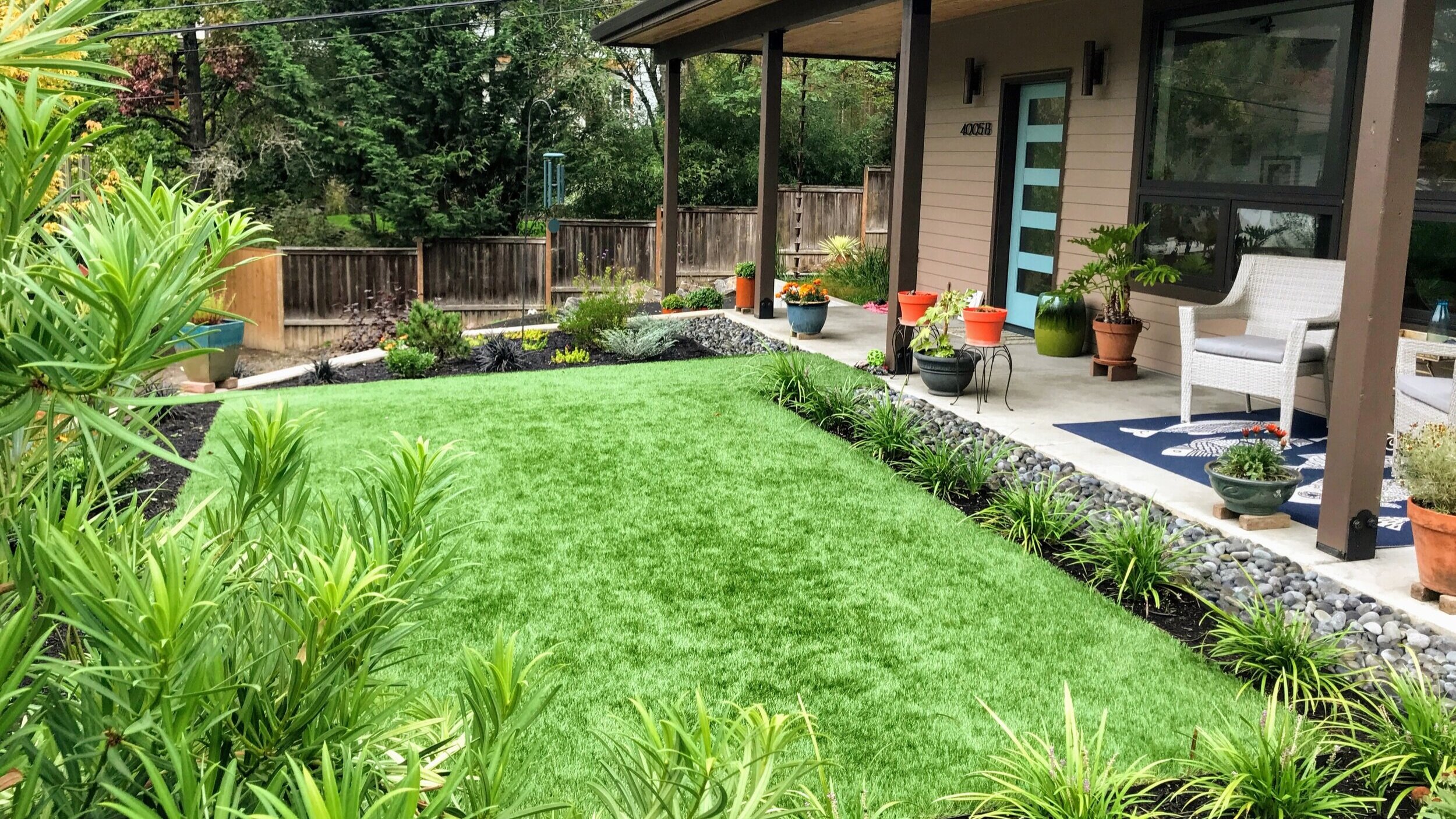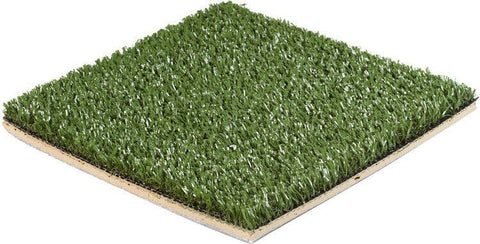Choose Reputable Artificial Turf Companies Phoenix for Your Outdoor Needs
Wiki Article
Delve Into the Environmental Advantages of Opting for Artificial Turf Solutions
The adoption of artificial turf services offers a compelling possibility to address pushing ecological challenges. By significantly minimizing water usage and reducing the application of harmful chemicals, these options not only promote sustainable landscape design yet also safeguard neighborhood ecological communities.Water Conservation Benefits
One of the most substantial benefits of artificial lawn is its capacity to save water. In contrast, man-made lawn does not require watering, significantly lowering the overall need for water resources.By getting rid of the need for routine watering, artificial grass adds to sustainable landscape methods and helps reduce the ecological effect of excessive water intake. Furthermore, the preservation of water includes the reduction of drainage, which can result in soil disintegration and river contamination.
Additionally, the setup of synthetic grass enables homeowners and districts to assign water resources more effectively, focusing on crucial uses such as alcohol consumption water and farming. The shift towards man-made turf not just advertises accountable water usage but additionally lines up with more comprehensive environmental goals focused on preserving natural deposits.
As neighborhoods increasingly focus on sustainability, the water preservation advantages of synthetic grass present an engaging case for its adoption in household and business landscaping tasks.
Reduced Chemical Use
The change to artificial turf substantially decreases the reliance on chemical therapies commonly used in natural grass upkeep. Standard grass monitoring normally includes the application of fertilizers, herbicides, and pesticides to promote development and control bugs. These chemicals can present threats to human wellness, regional wild animals, and the atmosphere, adding to soil and water contamination.In comparison, fabricated grass gets rid of the need for these damaging compounds. By minimizing the release of synthetic substances into the environment, synthetic turf promotes healthier soil and water systems.
In addition, the absence of chemical runoff connected with man-made turf installments aids shield neighborhood rivers from pollution, supporting water life and preserving biodiversity. Arizona turf. As areas progressively prioritize lasting techniques, selecting man-made lawn offers a viable option that lines up with environmental conservation goals. With this shift, homeowner can take pleasure in rich green areas without endangering ecological health, paving the means for an extra sustainable future
Lower Carbon Impact

Moreover, the installment of synthetic grass can result in substantial water preservation. Natural yards need significant quantities of water for irrigation, which not just contributes to the carbon impact related to water extraction and treatment but also strains local water sources. In contrast, man-made lawn needs very little maintenance, requiring no watering, therefore dramatically minimizing water use and its linked power expenses.
Furthermore, the durability of synthetic grass adds to its reduced carbon effect. With a lifespan of as much as 15 years or more, the requirement for regular replacements is lessened, resulting in less waste and lower power intake in manufacturing and disposing of standard lawn options. Generally, artificial grass offers a lasting choice for environmentally mindful landscape design.
Environment Conservation
Environment conservation is an essential factor to consider in the discussion over landscape design choices, particularly when comparing artificial turf to all-natural grass. All-natural grass lawns often call for comprehensive upkeep, consisting of using herbicides, plant foods, and chemicals, which can negatively affect neighborhood ecosystems. These chemicals can seep into the soil find and rivers, hurting native plants and fauna and interrupting neighborhood habitats.
On the other hand, man-made grass presents an opportunity to lower the environmental impact of landscape design. By selecting artificial turf, property owners can reduce the interruption of natural environments related to traditional yard treatment methods. Artificial grass removes the need for harmful chemicals, consequently protecting nearby wildlife and preserving the integrity of bordering ecological communities. Moreover, the installment of fabricated grass can bring about the conversion of former grass locations right into even more biodiverse landscapes, such as pollinator yards or indigenous plant areas, which can sustain regional wild animals.
Ultimately, the transition to artificial turf not just saves water and lowers upkeep efforts but likewise fosters an extra unified partnership in between human tasks and the native environment, advertising environment preservation while doing so.
Long-Term Sustainability
Long-lasting sustainability is an important consider reviewing the advantages of synthetic grass over standard yard yards. One of one of the most considerable benefits of synthetic grass is its sturdiness; it can last up to 15-20 years with very little maintenance, whereas all-natural lawn calls for frequent reseeding and replacement. This durability lowers the requirement for consistent resources, such as water, fertilizers, and pesticides, which are essential for maintaining a healthy and balanced grass yard.Furthermore, fabricated turf contributes to a reduction in carbon emissions linked with lawn treatment devices. Standard lawns usually require gas-powered lawn mowers, trimmers, and blowers, all of which add to air contamination. Artificial turf companies phoenix. On the other hand, synthetic grass removes the need for such devices, promoting a cleaner atmosphere
In addition, the production of synthetic grass significantly utilizes recycled materials, improving its sustainability profile. As manufacturers take on green methods, the environmental impact of man-made grass remains to diminish.

Conclusion
The adoption of synthetic grass options offers substantial ecological benefits, consisting of substantial water conservation, reduced reliance visit their website on dangerous chemicals, and a reduced carbon footprint. Moreover, synthetic grass aids in protecting all-natural habitats by lessening land disturbance and promoting long-term sustainability through the use of durable materials. Collectively, these aspects highlight the potential of artificial lawn to contribute positively to ecological health and wellness and supply a viable choice to standard landscaping practices in an increasingly resource-conscious world.In contrast, fabricated grass does not need watering, substantially decreasing the overall need for water resources. By minimizing the launch of synthetic substances right into the environment, man-made turf promotes much healthier soil and water systems.
In addition, the setup of artificial lawn can result in substantial water preservation. In comparison, man-made turf requires minimal maintenance, calling for no watering, consequently significantly minimizing water use and its associated power costs.

Report this wiki page